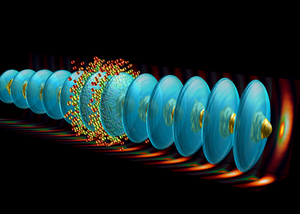The Belle II detector got off to a successful start in Japan. Since March 25, 2019, the instrument has been measuring the first particle collisions, which are generated in the modernized SuperKEKB accelerator. The new duo produces more than 50 times…
Read more

